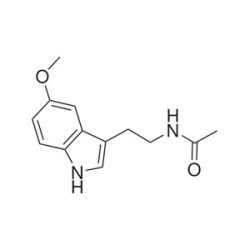Highly Published. Peer-Reviewed.
DLMO patterns have been shown to reliably predict circadian timing and help clinicians more accurately assess sleep behavior and sleep phase shifts (Murray et al., 2017), (Burgess et al., 2016; Burgess et al., 2015). Determining DLMO is also relevant in discriminating circadian rhythm related sleep issues from other non-circadian related sleep disorders or establishing the timing of exogenous melatonin administration when treating delayed sleep phase disorders (Lewy et al., 1995). Check out the scientific publications below that highlight the value of DLMO for improving healthy sleep outcomes.
 Contact: Salimetrics (USA)
Contact: Salimetrics (USA)
